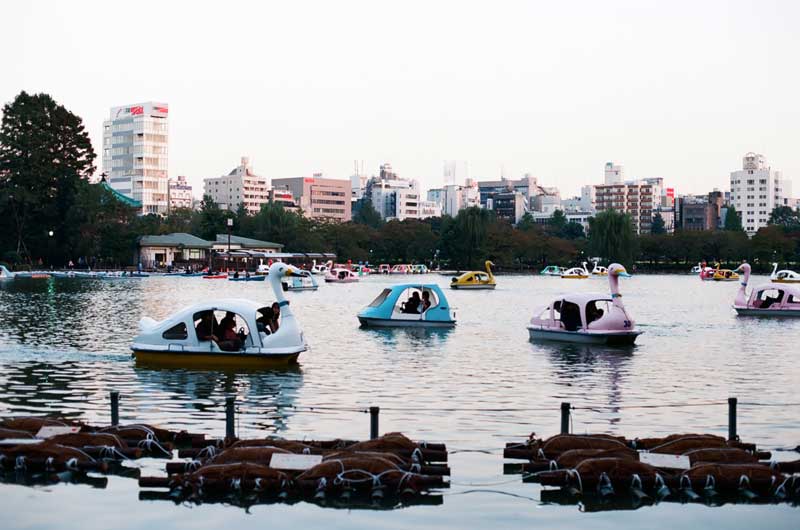
The incredibly prolific, creative, and productive Chris Berthelsen has launched a new public project, called ここの話, Koko no hanashi: Talking about Here. It’s an amazing, low tech and also analog project that creates community dialogue about public, publicly visible, and abandoned urban spaces. He’s prototyped it this week in western Tokyo, and you can read about it online and follow its progress through Twitter and a mailing list.
Talking about Here relies on a simple framework: placing a laminated sign and a simple question, like “Why can’t we use this park at night,” to invite neighbors to discuss very local spaces that are shared, visible, or under-utilized. People can respond using the QR code, or by simply writing in the notebook that is attached to the sign with a pen. Responses will be collated on a stripped down blog specific to each location.
The five initial locations are an interesting mix: a bleak park in front of a factory (run-down, official), a friendly neighborhood park which has been declared a ‘night no-go zone’ (well-kept, official), a park under an elevated freeway (run-down, secluded, official), an abandoned car in an apartment complex parking lot (illegal use), and a deserted house on a school route (run-down, private property).
The prototype just went up this week, and there are many questions: Will the signs be taken down? Will officials contact Chris to question his actions? Will neighbors use the QR code or notebooks to record their feeling and memories? Will neighbors be interested to read what other neighbors record?
I am always amazed at Chris’ imagination and ability to make things happen, with low fidelity tools and a bit of daring. We have worked together in creating the Tokyo DIY Gardening project, including the blog and collaborative mapping workshop last August at 3331 Arts Chiyoda. I believe he’s now got four projects launched in his spare time, all of which are shared freely online.
I have asked Chris if I can participate in Phase 2 of this project. I already have a few places in mind: a beautiful abandoned wood house with a garden that is minimally maintained by a neighbor, a pedestrian path that is heavily used and sitting above an old creek, my neighbors’ fruit trees. It might be interesting to ask property owners if they would like to have a sign that seeks comments about their public gardens. I wonder what the reaction will be?









